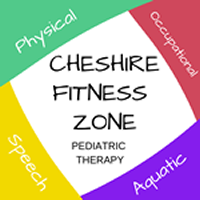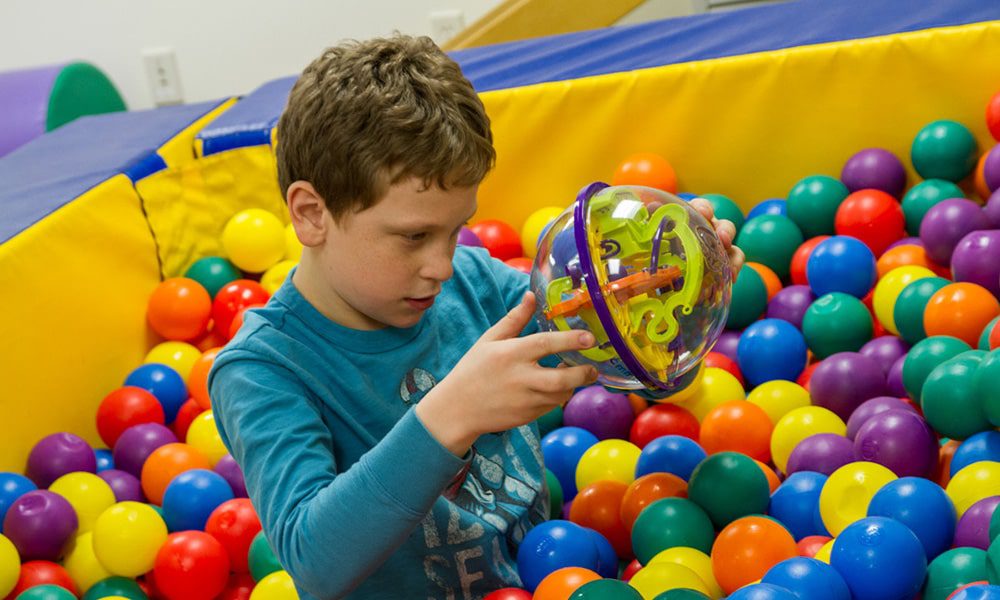When it comes to general performance as well as injury prevention and health, we tend to hear an awful lot about our ‘core’. We all know that core stability and core strength are good things that we should be aiming towards, but how many of us really know what that means? In fact, how many of us really know what the core is comprised of?
‘Abs’ is not the name of any one muscle, while a six pack is not actually made from six segments at all. It’s all a bit more complicated than it may at first seem, but if we read on and look into it in more detail, we may be able to get a better idea of how it all works…
The Ab Muscles
As mentioned, there is not just one ‘ab muscle’, but rather several. The two that you are most likely to come across when reading how to get a six pack are the ‘rectus abdominis’ and the ‘transverse abdominis’.
Rectus Abdominis: The rectus abdominis is the sheet of muscle that covers the very front of your stomach. This is what most of us commonly think of when we talk about ‘abs’ and it’s the part that has the six separations forming our six pack (or lack thereof). Note that these six bumps are just bumps on one muscle though, not six separate ones.
The job of the rectus abdominis is to pull us forwards, which helps keep our back straight and enables us to perform movements like the crunch and sit up.
Transverse Abdominis: The transverse abdominis is the ‘corset muscle’. Deep below your rectus abdominis, the job of this muscle is to pull in your stomach and this then enables you to flatten your belly. Sit ups and crunches aren’t going to target this muscle though, so instead you need to use things like ‘plank’ and stomach vacuums.
The Obliques
Your obliques are the muscles on either side of your abs which form the diagonal lines you see on particularly ‘ripped’ individuals. The role of the obliques is to enable us to twist our hips and generate torque, and they also support the body in bending sideways. You have internal and external obliques that push and pull your body in opposite directions in order to allow you to twist.
The Erector Spinae
The erector spinae are two muscles running up the base of your spine, which have the job of helping you to stand up straight after bending over. These muscles are the ones that constantly prevent your body from just folding in half under the strain of your rectus abdominis, so it’s highly important that you train them as well as your abs and that you try to keep both sets of muscle even to create a balanced physique.
Other Muscles
Of course, there are many other muscles which all play a part in stabilizing your core. Even those that are seemingly nowhere near your mid-section like your hip flexors can impact on your posture and your back. If you’re experiencing back problems then, you should get physical therapy in order to identify the precise cause of the problems and set them right.



